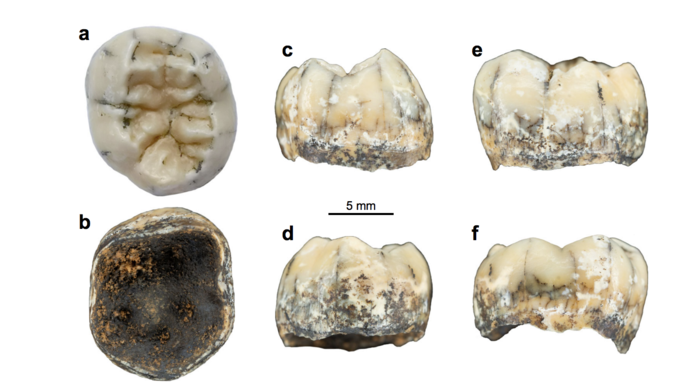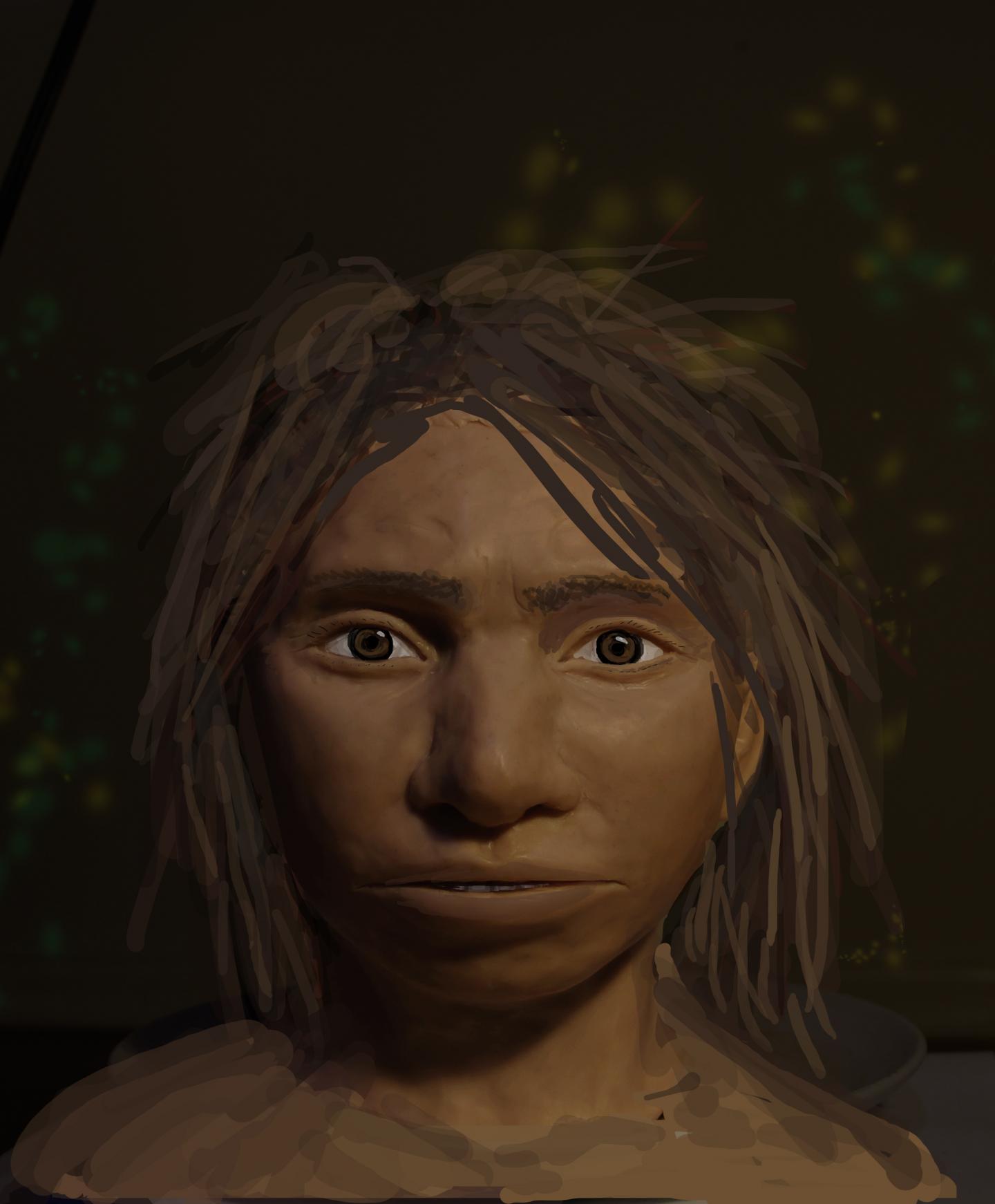The Denisovans were an extinct species of human that lived alongside Homo sapiens in Eurasia during parts of the Lower Paleolithic (3.3 million years ago until 300,000 years ago) and Middle Paleolithic (300,000 years ago until 50,000 years ago). Don’t be fooled, this prehistoric species was not a knuckle-dragging, slow-witted “caveman” that was outsmarted by its superior relative, Homo sapiens. They likely stood upright, were keenly intelligent, made tools, and even adorned themselves with beautiful works of jewelry.
Together with the Neanderthals, they are our closest extinct relatives. They are so closely related to us, in fact, the DNA of Denisovans is still found in certain populations around the world. This is a result of the interbreeding that occurred between Homo sapiens and Denisovans (a similar thing also happened through our prolific kanoodling with Neanderthals).
When did Denisovans go extinct?
It’s hard to put a date on the extinction of Denisovans, but some studies suggest some populations might have survived until as late as 20,000 years ago. By comparison, most scientists agree that Neanderthals became extinct around 40,000 years ago.

Teeth of Denisovans found at the Denisova Cave.
Image credit: Nature Communications
What are Denisovans?
The lineage of archaic hominins is notoriously patchy and hazy, but there are a few ideas about how Denisovans fit into the family tree. It’s thought that Neanderthals, Denisovans, and modern humans are all descended from a common ancestor of Homo heidelbergensis, which lived around 600,000 to 750,000 years ago.
One theory is that an ancestral group of H. heidelbergensis left Africa and split into two major bands shortly after. One branch migrated to West Asia and Europe to become the Neanderthals, while the other branch moved eastwards and became Denisovans. The ancestors of H. heidelbergensis that remained in Africa eventually gave rise to modern humans.

Based on a 2019 study, this image shows a preliminary portrait of a juvenile female Denisovan based on a skeletal profile reconstructed from ancient DNA methylation maps.
Image credit: Maayan Harel
Evidence of Denisovans
Remarkably, this “sister species” was only identified in the 21st century and there is currently very little physical evidence of them.
The discovery came in 2010 when researchers recovered a finger bone in the Denisova Cave up in the hills of the Bashelaksky Range of the Altai mountains in southern Russia. Based on DNA analysis, they realized this bone belonged to a young female of a previously unknown species of hominin which would become known as Denisovans.
Since the 2010 discovery, fossils of five Denisovan individuals have been identified in Denisova Cave, as well as a single specimen from the Baishiya Karst Cave on the Tibetan Plateau.
Another fascinating passage in the story of Denisova Cave came in 2018 with the discovery of a 40,000-year-old bone fragment. Remarkably, it contained DNA that proved it belonged to a hybrid female that had a Neanderthal mother and a Denisovan father. This remarkable teenage girl is known as “Denny”.
What did Denisovans look like?
Given this scant physical evidence, we don’t know much about their anatomical appearance. However, their strong similarities with Neanderthals and modern human suggests they perhaps looked a lot like us.
A 2019 study used Denisovan DNA to build a picture of their facial features. They identified 56 anatomical features that would have differed from those of modern humans and/or Neanderthals, 34 of which affected the skull. Notably, they concluded that Denisovans likely had the widest faces of the three hominins.
However, as you can see in the image, we can assume they most likely had a striking resemblance to modern-day humans.
Source Link: Who Were The Denisovans? Our Mysterious Cousins In The Human Family Tree